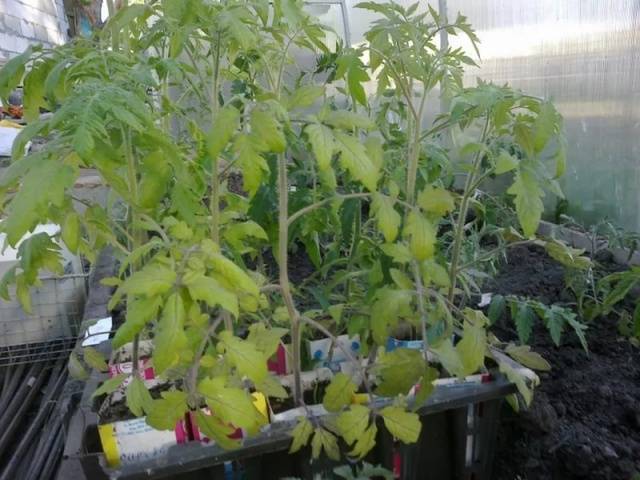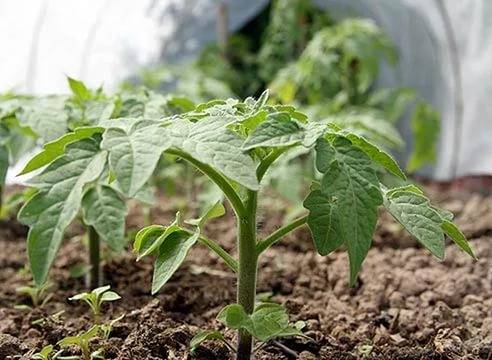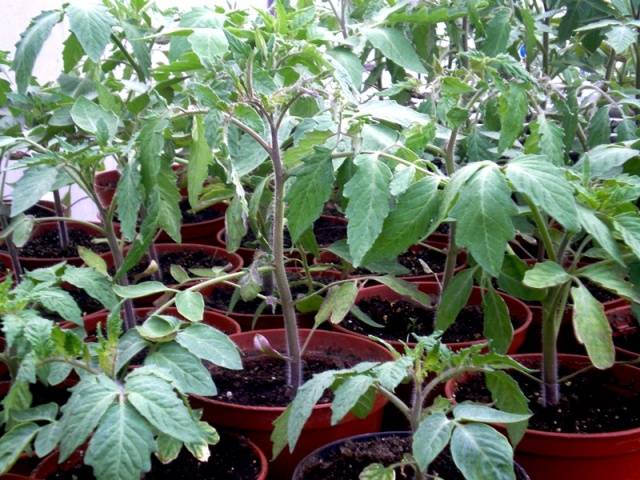Content
Every gardener wants to get a good harvest in large quantities. For such a result, you must follow certain rules. Tomatoes are a crop that loves warmth and is afraid of frost.
Hardening seedlings is one of the main secrets in growing tomatoes. It starts around the first half of April. This procedure prevents the bush from stretching to form a strong and thick stem. Plants slow down slightly in growth, but a powerful root system is formed. In the future, such a plant will be able to resist external unfavorable factors. Hardening a tomato at home before planting in open ground requires the care of the gardener and some of his efforts. If you do not do this procedure, during transplantation, the tomato bush will take root for a long time and hurt, it will become lethargic and may completely fall. This is due to a sharp change in temperature, humidity and light indicators.
Buying seasoned seedlings
Novice gardeners are often mistaken and choose tomatoes that are taller and brighter than others. Having planted such tomatoes in the garden, after a few hours you can see withered and yellowed leaves, and sometimes the stem will lie on the ground. The mistake lies in the acquired seedlings, which were grown in violation of technology. Most likely, it was not tempered or thinned out. It will hurt for a long time after being transplanted to a permanent place of growth. Before buying, you need to find out by what external indicators you can determine whether the bushes have been hardened or not.
The seedlings should stand firmly, without sagging the stem. A bush that is too tall may have a weak root system, which will affect the condition of the tomato after transplanting. Hardened bushes are dark green with a lilac hue. The stem and leaves should be densely covered with downy hairs. The first cluster of ovaries is formed 3-4 days earlier than usual, located after the first leaf. Ovaries are formed through each leaf, in ordinary seedlings - after 3-4 leaves. These external indicators warn that tomatoes were grown with all hardening and picking standards.
If there is a suspicion that the tomatoes have not been hardened, it is not recommended to plant them immediately in the ground; it is necessary to hold the tomato bushes in the shade or in a cool room for several days.
Hardening your own seedlings
If the confidence in the purchased seedlings is low, you can grow it yourself and apply all the hardening rules for a good harvest. Hardening tomato seedlings begin with seeds. With the right processing, they will be ready for cold weather, drought and various diseases.
You should take "not fresh" seeds, but which were collected 2-3 years ago. It is better to store them in a dark and cool place, preferably in a sealed jar in the refrigerator. A month before sowing, the tomato seeds should be warmed up. Seeds of hybrid varieties do not need heating. If the seeds were harvested last year, you can put them on the battery for about 20 days. Thus, according to the indications, they become similar to those that were collected much earlier. The largest samples should be taken and immersed in water. Those that surfaced should not be planted. The seeds must be disinfected. Can be used:
- 1% solution of potassium permanganate (place for 20 minutes);
- 2-3% hydrogen peroxide (keep no more than 8 minutes).
You can prepare the seeds for sowing using an oxygen compressor from the aquarium.It is placed at the bottom of the jar in warm water, above 20 ° C, the seeds are poured and left for 12 hours. Then they are dried to a free-flowing state and the hardening process begins.
Before hardening, it is necessary to place cotton cloth in the container so that it can be covered with a piece of seeds and filled with water to a level of 1 cm. A few drops of Fitosporin can be added to the water. For several days, it is necessary to alternate degrees: the day the seeds lie at room temperature, the next day - in the refrigerator, where the temperature is kept within + 2 ° C. The water must not freeze, a thin crust of ice is acceptable. You can harden seeds with snow. Large samples are wrapped in cloth and placed in a deep dish, sprinkled with snow on top. When it completely melts, the water is drained and the procedure is repeated several more times.
Not all seeds will be able to pass the hardening procedure, but the rest guarantee 100% germination and will be ready for temperature changes. After all the procedures, the seeds are planted in the usual way in the prepared soil and the seedlings are hardened. When sown, such seeds sprout in 2 days immediately in leaves, without the formation of loops. Tomatoes grow strong and strong. This hardening method makes it possible to plant seedlings in open ground 2-3 weeks earlier than usual. Accordingly, the ripeness of the fruits will occur earlier, and the amount of the harvest will almost double.
Tomato seedlings should be watered every 5-7 days, when the leaves begin to wilt a little, thus, the seedlings are prepared for a lack of moisture. When real leaves appear, the tomatoes begin to harden. Gradually, in the room where the seedlings grow, they reduce temperatureopening the window for several hours, preferably in the evening or early in the morning. Then tomato seedlings should be put on the balcony or taken out into the yard for several hours, carefully monitoring the reaction of the leaves to a change of scenery. It is necessary to avoid direct sunlight on the seedlings in order to avoid burns of young leaves.
It is not recommended to water the soil before taking out the seedlings to the open air. With each subsequent procedure, the time spent outside is increased by 1-2 hours, depending on weather conditions. A few days before disembarkation, the seedlings can be completely taken outside and left there for 2-3 days. The presence of wind is strictly prohibited. Usually, seedlings grow at a temperature of + 25 ° C, during hardening it should not exceed 16-20 ° C during the day and 8-10 ° C at night.
Quenching in a more "extreme" way is possible. The air temperature is lowered to 0 ° C and the seedlings are kept for about an hour. After a week, repeat the procedure, lowering the temperature to -2 ° C and increasing the time to 3-4 hours. Seedlings can be wind-hardened. In bad weather, if it is not possible to take the seedlings outside, a fan can be used indoors. Here it is necessary to act very carefully, because a plant, like a person, can react to drafts in different ways and even get sick.
Hardening of seedlings in a greenhouse
If the seedlings are growing in a greenhouse, the hardening method does not change much. 14 days before planting in open ground, watering is reduced, daily airing is done in the greenhouse, and then the film is completely removed. On the first day, this procedure takes 2-3 hours, you should make sure that the tomatoes are not in direct sunlight. The next day, the time is increased to 5-6 hours. If the seedlings begin to wilt, the greenhouse must be covered with foil again. With a normal seedling reaction, at the end of hardening, the film is not returned to its place even at night. The amount of watering is also reduced gradually, and a week before transplanting into open ground, watering is completely stopped.
All procedures must be carried out systematically and regularly, then the hardened tomato bush will be completely ready for transplantation, well adapted to climatic conditions and will not be afraid of night frosts. Transplanting tomato seedlings into open ground should be when 10-12 true leaves appear on it, 1-2 inflorescence ovaries and the plant is 20-30 cm in height. If the hardening procedure was carried out in the correct mode, the gardener gets strong tomato bushes, an early and bountiful harvest.












